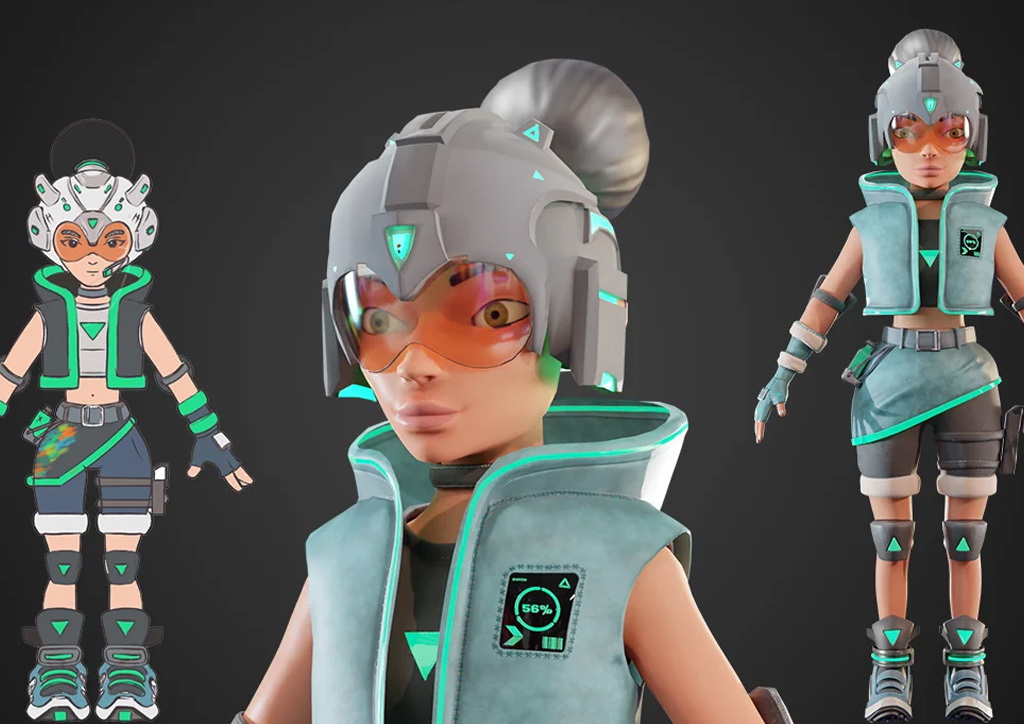Introduction
In the ever-evolving world of gaming, the magic lies not just in the final product but in the intricate journey from an idea to a fully realized game. This article delves into the fascinating process of game design, exploring each critical phase and the creative challenges designers face along the way.
The Spark of Inspiration

Every game begins with a spark of inspiration. This could be a unique gameplay mechanic, a compelling story, or a specific art style. Designers often draw inspiration from various sources, including other games, movies, books, or even personal experiences.
Conceptualization: Shaping the Visio

Once the initial idea takes root, it’s time to flesh out the concept. This phase involves defining the game’s core mechanics, setting, characters, and overall narrative. Designers create concept art, storyboards, and detailed design documents to visualize and communicate their vision.
Prototyping: Testing the Waters

Prototyping is where ideas begin to take a tangible form. Early versions of the game, often referred to as “graybox” or “whitebox” prototypes, are created to test gameplay mechanics and core features. This stage is crucial for identifying potential issues and making iterative improvements.
Design and Development: Building the World

With a solid prototype in hand, the development team moves forward with creating the game’s assets and coding its features. This phase is highly collaborative, involving artists, programmers, writers, and sound designers working together to build the game world.
Art and Animation
Artists and animators bring characters and environments to life, focusing on visual style, textures, and animations. The art style chosen must align with the game’s theme and enhance the player’s immersion.
Coding and Programming
Programmers translate design concepts into functional game mechanics. This involves writing code for gameplay logic, physics, AI behaviors, and user interfaces. Optimization is key to ensure the game runs smoothly across different platforms.
Sound and Music
Sound designers and composers create audio elements that enrich the gaming experience. From background music to sound effects and voice acting, audio plays a vital role in setting the mood and enha
Testing and Refinement: Polishing the Gem

Testing is an ongoing process throughout development, but it intensifies as the game nears completion. Quality assurance (QA) teams rigorously test the game to find and fix bugs, balance gameplay, and ensure a seamless player experience.


